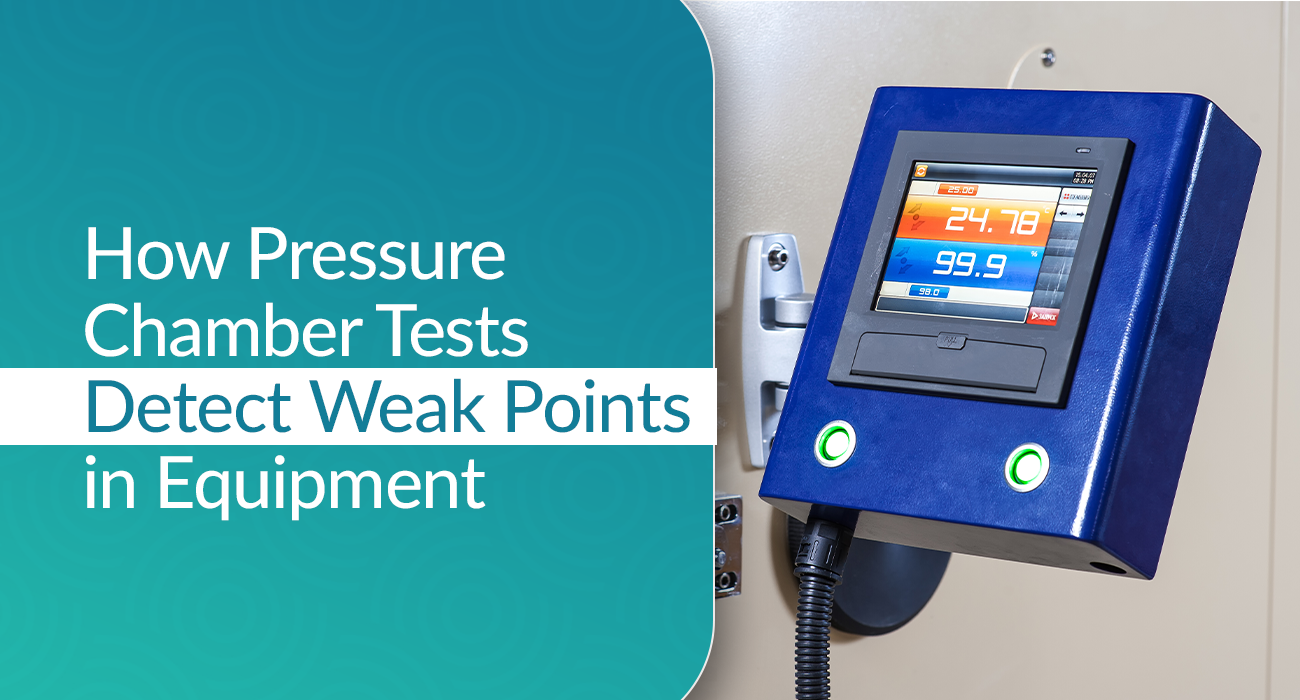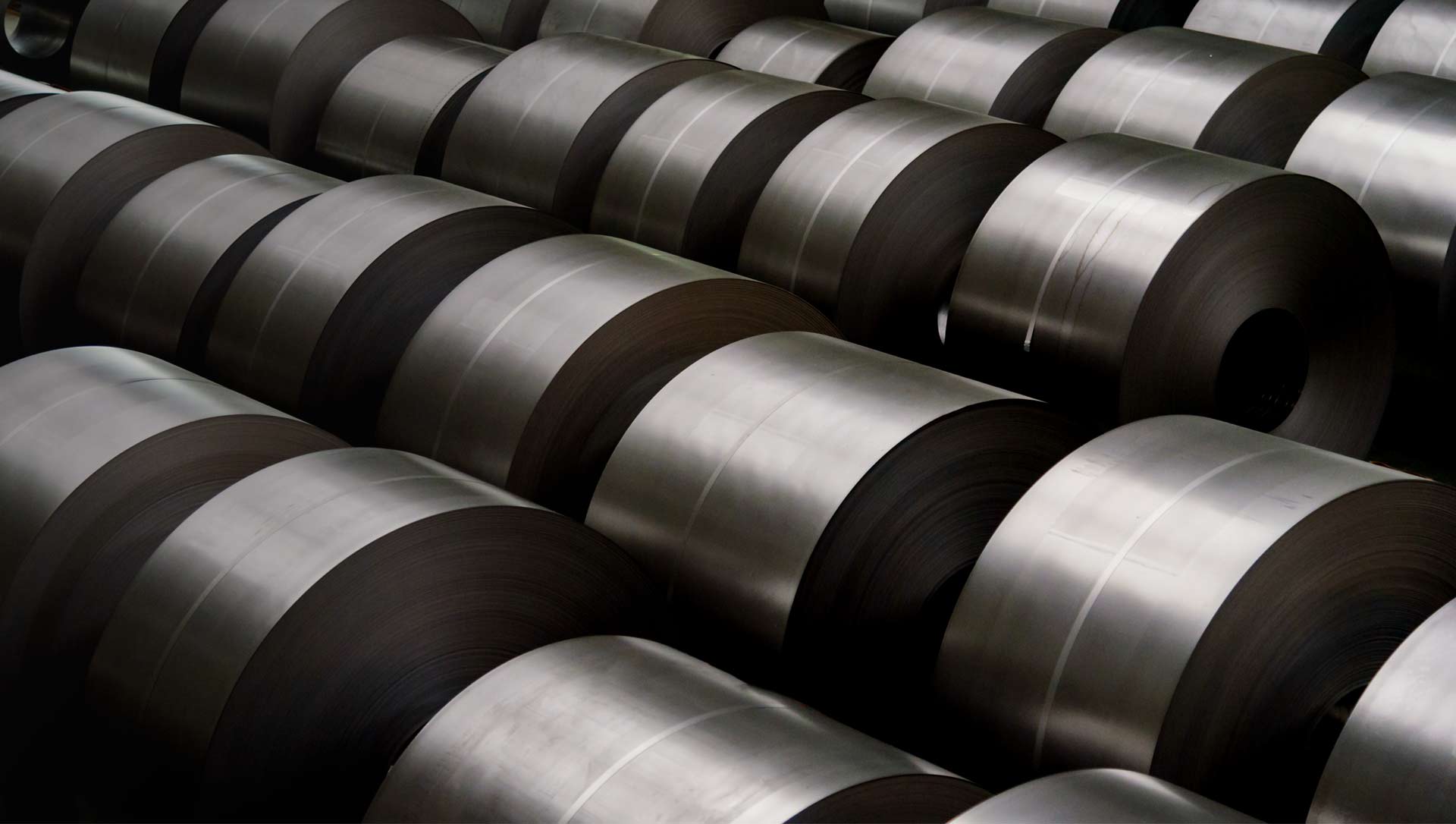
How Pressure Chamber Tests Detect Weak Points in Equipment
Ensuring the safety, reliability, and durability of equipment is a fundamental requirement for modern industries. Equipment failure can lead to serious operational risks, financial losses, or even safety hazards. One of the most effective ways to detect vulnerabilities in equipment is through a pressure chamber test. This specialized testing method allows engineers and manufacturers to simulate extreme operating conditions, identify weak points, and improve equipment design for better performance.
What is a Pressure Chamber Test?
A pressure chamber test is a controlled testing procedure where equipment, components, or assemblies are placed inside a sealed chamber and exposed to higher-than-normal pressure. The purpose of this test is to evaluate how materials and structures respond under stress, including their ability to withstand pressure, resist leaks, and maintain structural integrity.
The testing chamber is designed to create uniform pressure across all surfaces of the equipment. Modern pressure chamber tests often include monitoring systems such as sensors, gauges, and cameras to collect real-time data. These instruments measure pressure distribution, deformation, leaks, and other signs of weakness. The collected data helps engineers pinpoint the exact areas that require reinforcement or redesign.
Why Pressure Chamber Tests are Essential
Equipment failure can result in high costs, operational downtime, and safety hazards. Pressure chamber tests provide a proactive approach to mitigate these risks. By simulating extreme conditions that equipment may face in real-life scenarios, these tests allow engineers to identify weak points before they result in serious damage.
Small defects such as cracks, material inconsistencies, or weak seals may go unnoticed in regular inspections but can cause catastrophic failures over time. Pressure chamber tests help reveal these hidden flaws, ensuring that any weakness is addressed promptly. This makes the equipment safer, more reliable, and compliant with industrial standards.
Applications Across Industries
Pressure chamber tests have wide-ranging applications across multiple sectors:
- Construction and Architecture:
Pressure chamber tests are commonly used on structural elements such as windows, doors, and curtain walls. For example, buildings exposed to high winds or storms require components that can withstand significant air pressure. A pressure chamber test can identify gaps in seals, misaligned panels, or insufficient structural support in curtain walls, ensuring that the building can maintain its integrity under extreme weather conditions. - Aerospace Industry:
Components in aircraft and spacecraft, including fuel tanks, pipelines, and pressure vessels, are subjected to rigorous pressure chamber tests. These tests verify that critical parts can handle the high-pressure environment experienced during flight or in outer space. Detecting weak points at this stage prevents accidents and ensures passenger and crew safety. - Automotive Industry:
Vehicles often operate under high pressure in hydraulic systems, braking systems, and fuel lines. Pressure chamber tests simulate operating conditions and assess the performance of these systems. Weak joints, poor welds, or material fatigue can be identified before the vehicle is deployed, improving reliability and reducing warranty claims. - Industrial Machinery:
Heavy machinery such as compressors, pumps, and chemical reactors often work under high-pressure conditions. Pressure chamber tests help detect flaws in joints, seals, or structural components. By identifying weak points during the design or production phase, manufacturers can avoid operational failures and ensure safety in industrial processes.
How Pressure Chamber Tests Detect Weak Points
The primary goal of a pressure chamber test is to detect weaknesses that could compromise equipment performance. As the chamber applies controlled pressure, the equipment experiences stress similar to real-world conditions. Engineers monitor its performance closely:
- Deformation: Materials or components that bend, warp, or distort under pressure indicate potential weak points.
- Leaks: Any leakage observed during the test signals a compromise in seals or joints.
- Cracks and Fractures: Even small cracks detected under high pressure may expand during normal operations if left unaddressed.
- Structural Instability: Shifts or unexpected movement of components highlight design flaws that need correction.
By carefully analyzing these indicators, engineers can implement improvements, such as reinforcing structural elements, upgrading materials, or modifying designs to prevent failure in actual use.
Advantages of Pressure Chamber Testing
Conducting a pressure chamber test offers numerous benefits:
- Enhanced Safety: Detecting weak points early ensures that equipment operates safely under high-pressure or extreme conditions.
- Improved Reliability: Identifying and addressing flaws during testing increases the longevity and efficiency of equipment.
- Regulatory Compliance: Many industries require certification that equipment can withstand specific pressures. Pressure chamber tests help manufacturers meet these standards.
- Cost Efficiency: Early detection reduces the risk of expensive recalls, repairs, and operational downtime.
- Design Optimization: The data collected from tests allows engineers to optimize designs for better performance and safety.
Best Practices for Conducting Pressure Chamber Tests
To achieve accurate and reliable results, pressure chamber tests must follow best practices:
- Proper Preparation: Ensure that all components are correctly installed and operational. Any pre-existing damage should be documented.
- Calibration: The pressure chamber and monitoring equipment must be calibrated to ensure accurate measurements.
- Controlled Testing Conditions: Pressure should be applied gradually and uniformly to replicate real-world stress without causing sudden damage.
- Data Monitoring: Use sensors, gauges, and cameras to capture deformation, leakage, and other critical performance indicators.
- Analysis and Reporting: Engineers should thoroughly analyze test results to identify weak points and recommend corrective measures.
Future Trends in Pressure Chamber Testing
Advancements in technology are making pressure chamber tests even more effective. Modern chambers use automated sensors, AI-powered monitoring, and real-time data analysis to detect weaknesses with higher precision. Digital twins, which create virtual replicas of equipment, are increasingly used alongside pressure chamber tests to simulate performance under varied conditions without physically stressing the equipment repeatedly.
Conclusion
Pressure chamber tests are an essential tool in modern testing and inspection procedures. They allow manufacturers to detect hidden weak points, improve design, ensure compliance, and enhance the reliability and safety of equipment. From construction and aerospace to industrial machinery and automotive systems, pressure chamber testing is critical for assessing structural integrity and preventing failures.
By integrating pressure chamber tests into the design, production, and maintenance stages, industries can minimize risks, optimize performance, and deliver safe, reliable, and durable equipment. Ultimately, pressure chamber tests provide the insight and confidence required to maintain operational efficiency while protecting both people and assets.





Post a comment